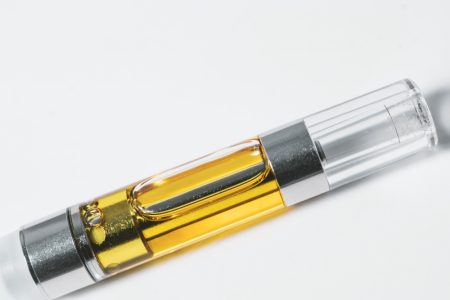The Trulicity lawsuit has garnered significant attention, raising questions about the safety and efficacy of the popular diabetes medication. This article delves into the allegations, the science behind Trulicity, and the legal implications for its manufacturer, Eli Lilly and Company.
What is Trulicity?
Trulicity (dulaglutide) is a medication used to manage type 2 diabetes. It belongs to a class of drugs known as GLP-1 receptor agonists, which help to lower blood sugar levels by stimulating insulin secretion, reducing glucagon production, and slowing gastric emptying. Trulicity is administered as a once-weekly injection, making it a convenient option for many patients.
The Allegations
The Trulicity lawsuit centers on claims that the medication causes serious health issues, which were allegedly not adequately disclosed to patients and healthcare providers. Key allegations include:
Pancreatitis and Pancreatic Cancer
One of the most serious claims is that Trulicity increases the risk of pancreatitis (inflammation of the pancreas) and pancreatic cancer. Plaintiffs argue that Eli Lilly failed to warn about these potential risks, leading to severe health consequences for some patients.
Thyroid Cancer
Another significant allegation is that Trulicity may be linked to an increased risk of thyroid cancer. Studies on rodents have shown a potential association between GLP-1 receptor agonists and thyroid tumors, raising concerns about similar effects in humans.
Gastrointestinal Issues
Patients have reported experiencing severe gastrointestinal side effects, including nausea, vomiting, diarrhea, and abdominal pain. The lawsuit claims that these side effects were downplayed in the drug’s marketing and labeling.
Scientific Evidence and Regulatory Scrutiny
Clinical Trials and Studies
Trulicity underwent rigorous clinical trials before receiving FDA approval in 2014. These trials demonstrated its efficacy in lowering blood sugar levels and reducing the risk of cardiovascular events in people with type 2 diabetes. However, some post-marketing studies and adverse event reports have raised concerns about the potential risks associated with the drug.
FDA and EMA Reviews
Both the U.S. Food and Drug Administration (FDA) and the European Medicines Agency (EMA) have reviewed the safety of Trulicity. While these regulatory bodies have acknowledged the potential risks, they have maintained that the benefits of the medication outweigh the risks for most patients. Ongoing surveillance and additional studies are being conducted to further assess the safety profile of Trulicity.
Legal Proceedings and Outcomes
Individual Lawsuits
Many individual lawsuits have been filed against Eli Lilly, with plaintiffs seeking compensation for medical expenses, lost wages, pain and suffering, and punitive damages. These cases are often consolidated into multidistrict litigation (MDL) to streamline the legal process and ensure consistent rulings.
Class Action Lawsuits
In addition to individual claims, class action lawsuits have been initiated, representing groups of patients who have experienced similar adverse effects. These lawsuits aim to hold Eli Lilly accountable for alleged negligence and failure to warn about the potential risks of Trulicity.
Eli Lilly’s Defense
Eli Lilly has denied the allegations, stating that Trulicity is safe when used as directed and that the risks were adequately disclosed in the drug’s labeling. The company continues to stand by the efficacy and safety of Trulicity, emphasizing that it has helped millions of people manage their diabetes effectively.
The Impact on Patients and Healthcare Providers
Patient Safety and Education
The Trulicity lawsuit highlights the importance of patient safety and education. Patients must be fully informed about the potential risks and benefits of any medication they take. Healthcare providers play a crucial role in ensuring that patients receive accurate information and make informed decisions about their treatment options.
Implications for Diabetes Management
The allegations against Trulicity have prompted some healthcare providers to reevaluate their prescribing practices. While Trulicity remains a valuable tool in diabetes management, providers may consider alternative treatments for patients who are at higher risk for the alleged adverse effects.
Conclusion
The Trulicity lawsuit underscores the complexities of drug safety and the ongoing challenges in balancing benefits and risks. As legal proceedings continue, patients, healthcare providers, and regulators will closely monitor the outcomes. The case serves as a reminder of the critical need for transparency, rigorous post-marketing surveillance, and informed decision-making in the management of chronic conditions like diabetes.
The Trulicity lawsuit is a developing story, and its implications will likely influence future pharmaceutical practices and patient care standards.










